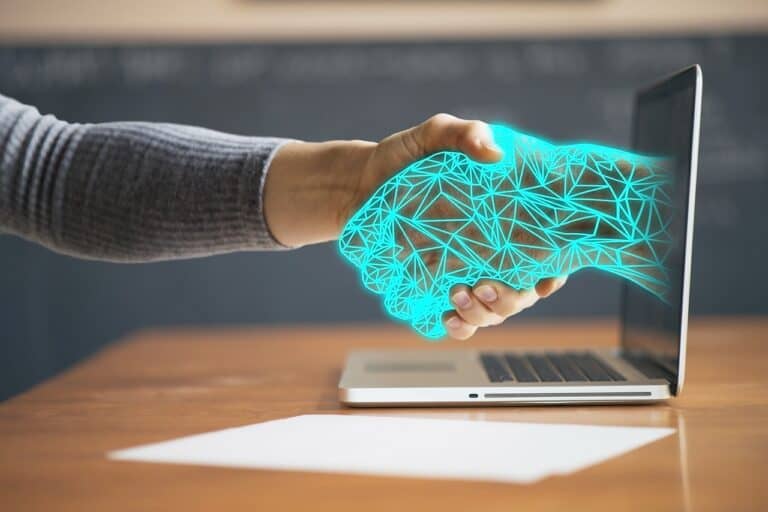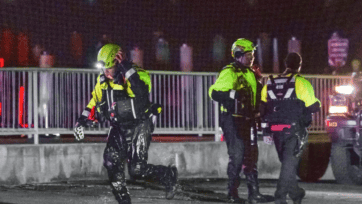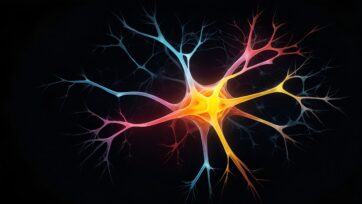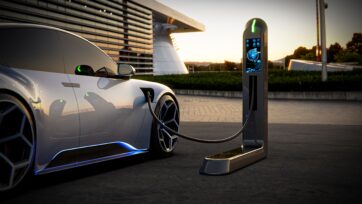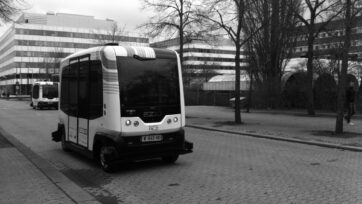(Image credit: kiquebg – Pixabay)
Researchers at the University of Bristol have found that synchronised movement between humans and robots can improve trust in human-robot teams. This discovery could enhance the effectiveness of collaborations in real-world situations, such as emergency services operations, by allowing robots to sense and respond to human trust levels.
The Experiment
The study, led by Dr. Edmund Hunt from the Faculty of Science and Engineering, investigated whether co-movement through shared spaces affects levels of trust in robots. Participants were teamed up with two mobile rover robots in an experiment conducted at Sparks Bristol. They were asked to imagine themselves as firefighters searching a building after a fire, using the robots to inspect and ensure the area was safe.
The movement of both humans and robots was tracked using an ultrasound tracking system. The researchers focused on how synchronisation between human and robot movement over time related to self-reported trust levels.
Findings
The team found statistical evidence that when robots moved within two meters of participants, increased synchronisation in movement was associated with higher levels of trust. Users who reported lower trust in the robots mirrored the robots’ movements less.
Dr. Hunt explained, “This means movement could potentially be used by the robots as a marker for problems with their user’s trust in them.” Robots could then take pre-emptive actions to improve or repair trust, especially if they have made a mistake and need to make amends.
Implications
The findings suggest that robots could use co-movement as an indicator of human trust in real-world environments. By sensing how closely their movements align with those of humans, robots might adjust their behavior to foster better collaboration.
“In the future, humans and robots will be increasingly working alongside each other in teams—and the teammates will need to trust each other,” Dr. Hunt said. “We found evidence that when humans and robots can move together in a more synchronised way, it helps trust—and that when trust is damaged, this co-movement is disrupted too.”
Future Research
The researchers plan to further investigate the causal relationship between decreased trust and decreased co-movement. This includes exploring whether interruptions in robot co-working make it more difficult for participants to establish a rhythm with the robot, which may not necessarily be a trust issue. They also aim to examine other forms of minimal, nonverbal communication suitable for non-humanoid robots, such as indicator lights or sounds, to understand how trust is developed and maintained.
References
2024, ‘Synchronised movement between robots and humans builds trust, study finds’, University of Bristol, viewed 26th November 2024, <https://www.bristol.ac.uk/news/2024/november/social-robotics.html>
Webb, Nicola, Hunt, Edmundet al. 2024, ‘Co-Movement and Trust Development in Human-Robot Teams’, presented at the 16th International Conference on Social Robotics +AI in Odense, viewed 26th November 2024, <https://arxiv.org/pdf/2409.20218>
